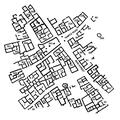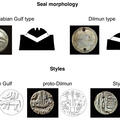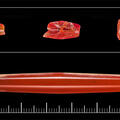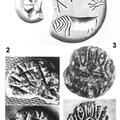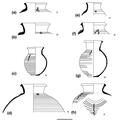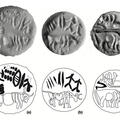Saar and its external relations: new evidence for interaction between Bahrain and Gujarat during the early second millennium BC
The apparently sudden appearance of Indus-type seals, pottery and other implements around 2000 BCE in the Arabian Gulf, just before the Indus cities and culture seems to have gone into decline, is a great mystery.

